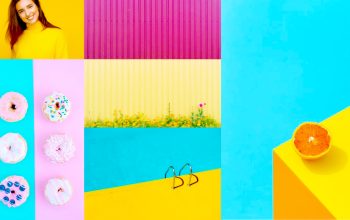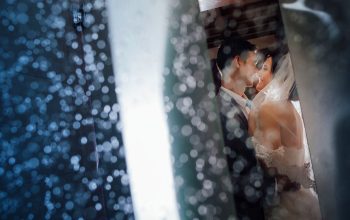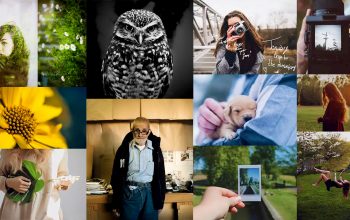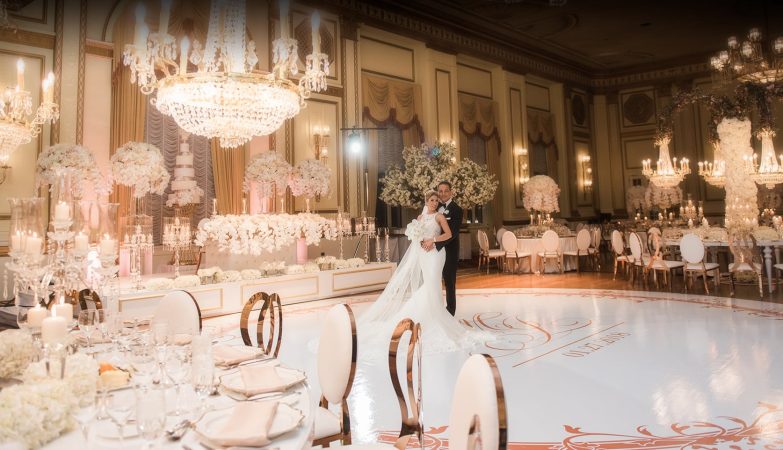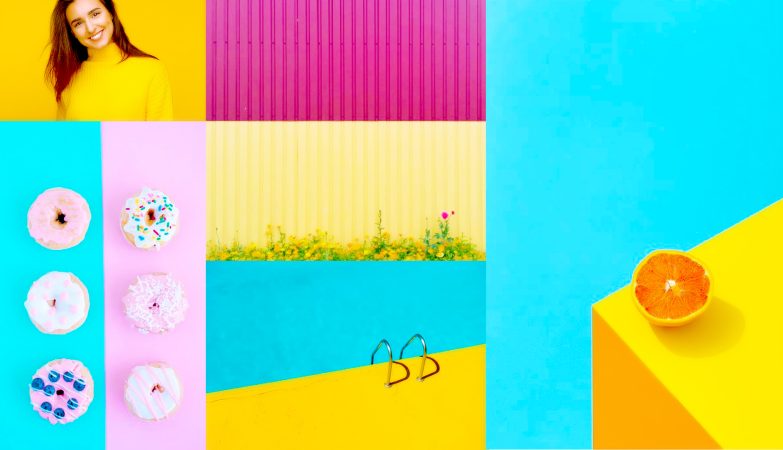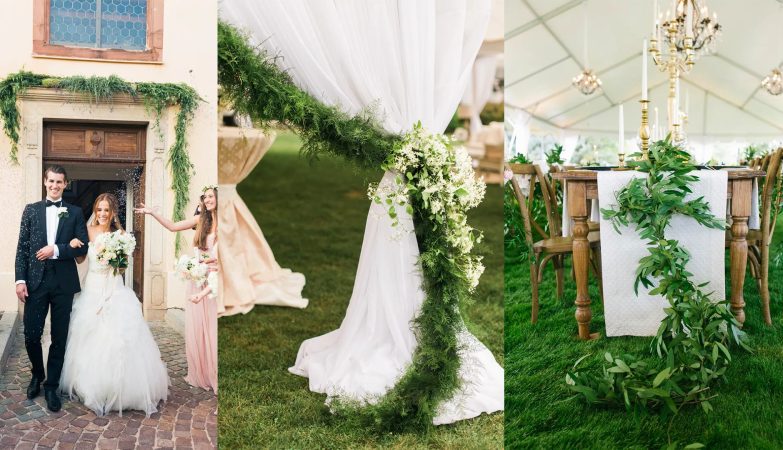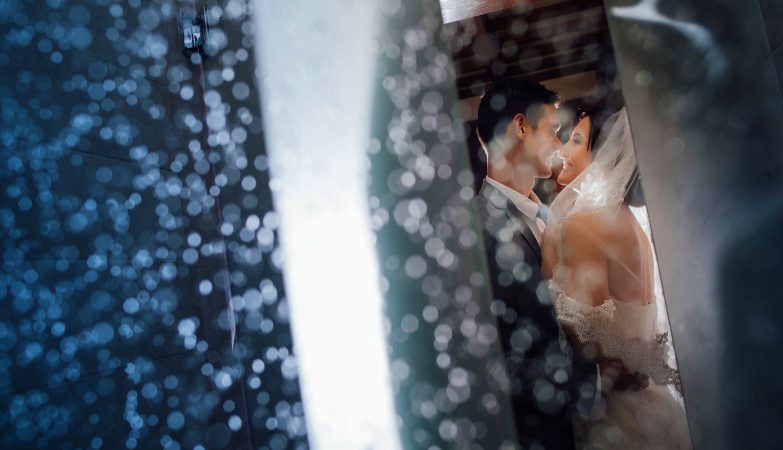
Framing is often used to make paintings and printed photographs stand out in a home. But what is framing in photography? How is it related to photographic composition? And will knowing the framing definition help you improve your work?
FRAMING IN PHOTOGRAPHY DEFINITION: In photography, composition and lighting are everything. Without the right perspective, your subject will look unflattering or not stand out.
This is where framing comes in. In essence, framing photos is surrounding a subject with different elements to make it stand out. You can think of this as a frame within a frame.
There are many ways you can approach framing. Some depend on luck, while many others rely on the photographer’s creative eye. The right framing will make your photos look original and stand out. Here are a few ways you can achieve framing in photography.

Use Doors and Windows to Make Your Subject Stand Out
One of the most obvious ways to frame your subjects is to use doors, windows, and actual frames. These can be foregrounds through which you shoot. Or backgrounds that your subject can sit in front of.
There’s a lot you can do with a single framing tool. For example, you can use a window as a background or a blurred foreground. Or you can use a frame that you shoot through to emphasize an indoor or outdoor landscape.
Doors and windows are perfect for framing simple photos of people, places, and objects. If you’re shooting at a wedding, you can use simple photo booth frames. You’ll take funny photos without compromising the quality of your compositions.

Shoot Through Objects to Emphasise Specific Details
Shooting through something is one of the best ways to fill negative space. It can make your compositions look more interesting. The blurred results you get are foregrounds, and they can be anything you like.
If you want to create a soft atmosphere, use a large aperture. Make sure the object is close to your lens without completely covering it. Your goal is to put the spotlight on your subject by covering its surroundings with a pleasant blur.
For something more detailed, use a smaller aperture and take a few steps away from the foreground. This will still create a blur, but it will make the foreground more visible. This technique is often used in wide-angle photography. It helps capture as much of the atmosphere as possible. Depending on your theme, you can use a combination of simple and vibrant objects.
You can use foregrounds to make a minimalist portrait stand out without making it look busy. Flowers work especially well here. For a moody landscape shot, you can take photos through branches, bushes, etc.

Cover Your Subject in Simple Clothes or Fabric to Create Minimalist Compositions
Outfits and decorations are some of the best things to use when enhancing a composition. Your subject might look awkward or dull compared to their surroundings. Try framing them using clothing or fabric.
While you can’t use this with every genre, it’s useful for framing the portrait and still life photography. Make sure the clothing you use complements your subject’s appearance and shape. Neutral and pastel colors tend to work well with almost everything.
Another way to use this framing technique is to cover parts of your subject to put the spotlight on a specific area. For example, if you’re photographing a person, you can cover half of their faces with a curtain. This will lead the viewer’s eye to the part of their face that’s visible. And it’ll make your composition more pleasing to look at.

Use Natural Symmetry to Put Emphasis on Your Model
Compositions and symmetry go very well together, especially in atmospheric photos. You might want to take a few steps back from your model without making your composition look busy. You can do so using basic symmetry knowledge.
This doesn’t mean you have to set up a studio with symmetrical props or backgrounds. Look for symmetrical elements in cities or out in nature. Here are a few examples:
- Countryside roads
- Skyscrapers
- Bridges
- Water reflections
Place your subject in the middle (or somewhere close to the middle) of these environments. Once you do this, you’ll be able to create appealing compositions. Of course, too much symmetry can also be distracting. Don’t be afraid of creating imperfect compositions.

Use Reflections to Fill Negative Space
Window reflections are perfect for framing minimalist photoshoots. You can use them in almost any genre. Make sure your subject is standing behind a window. Take photos from different angles to find the best reflections. (Don’t shoot right in front of a window or else your camera will end up in the reflection.)
Reflections tend to be abstract and neutral in color. This is perfect for hiding or emphasizing certain features. You can use them to hide or emphasize a part of your subject’s appearance. This is like what you’d do with blurred foregrounds.
If you’re a landscape photographer, photograph different views reflected in a window. This creates a somewhat distorted and atmospheric effect. You can also combine reflections and symmetry.
Conclusion: There are many photographic framing techniques you can use to improve your compositions. Knowing how to frame your photos will help you turn even the simplest subjects into eye-catching works of art.
originally posted on expertphotography.com By Taya Ivanova
